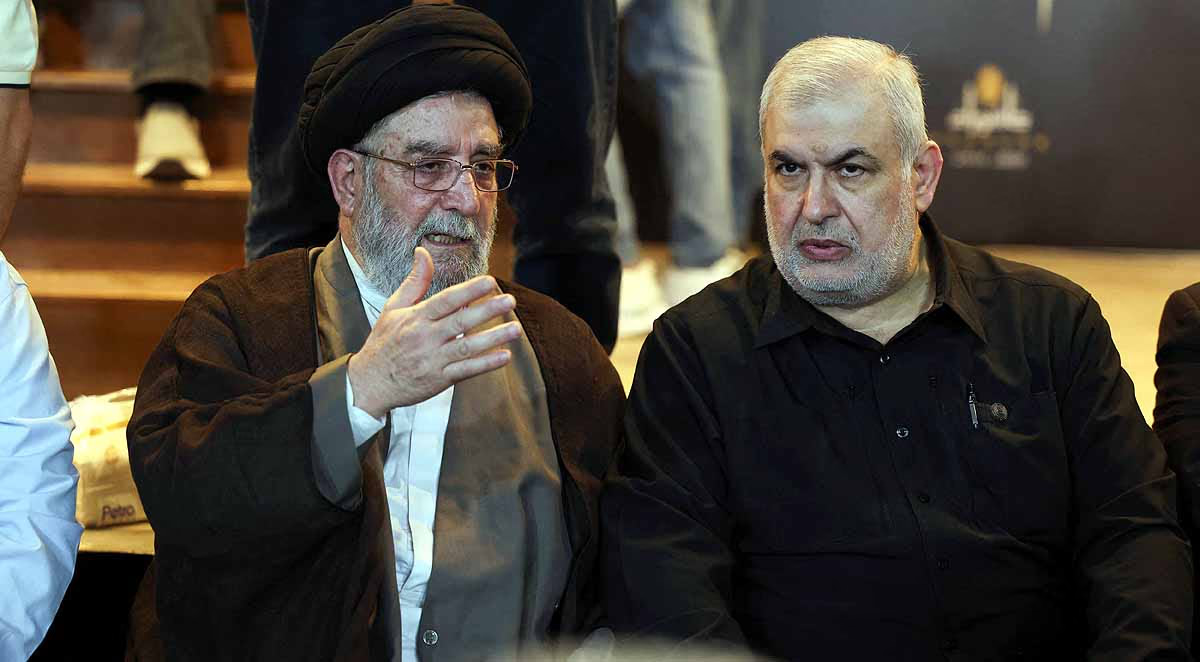1. What kind of technology and science is behind the pager blast?
Pagers are simple radio devices used to receive small messages or signals via specific radio frequencies. If someone wants to cause an explosion using such devices, they would need to use remotely triggered explosives hidden inside the pagers. For this, the pagers would need to be tampered with before reaching the users or secretly have a weapon concealed within.
These types of attacks can also be done by jamming frequencies, hacking, or controlling wireless signals. Radio Frequency Identification (RFID) can be used to achieve this by disrupting wireless communication protocols or triggering explosives hid in pagers. This is the most advanced electronic warfare technique.
Read More:
2. Have there been previous instances of pager explosions?
No, this is the first event of its kind globally. However, Israel has previously disrupted the production lines of companies. In September 2023, Israel used Stuxnet to affect the missiles of a company supplying them to Iran, causing the missiles to explode at Iranian military depots. The attack was contained in time, and no explosions occurred. Explosives have been triggered via cell phones several times before, but this is the first instance involving pagers.

Source: aajtak
3. How do Hezbollah fighters communicate among themselves?
Hezbollah fighters use pagers for communication as it is hard to track them. They utilize three types of pagers: Motorola LX2, Teletrim, and Gold Apollo Rugged Pager AR924. Thousands of Hezbollah fighters have pagers. They believe pagers are harder to track and hack compared to smartphones, which is why their use was prevalent.
Hezbollah's communication network includes civilian networks, traditional information systems, and even its proprietary fiber optic network to avoid interception by Israel or other countries.
Read More:
4. Since when has Hezbollah been using pagers?
Hezbollah has several counterintelligence tools, including electronic surveillance and intercept technology. Since 2011, they have had the capacity to analyze cell phone data. By the 1990s, Hezbollah fighters had learned to download unencrypted data.
It is said that with the help of Russia, its intelligence agency FSB, and Iran, Hezbollah developed its counterintelligence system. In 2008, they detected an Israeli bug in their fiber network near Mount Sanin.

Source: aajtak
Pagers are based on old technology and are known for secure, low-data communication. Specific details on how long pagers have been used are unclear, but it is believed that Hezbollah established these systems since the 1980s.
5. How did Israel infiltrate Hezbollah's pager system?
Mossad, Israel's intelligence agency, possesses highly advanced electronic warfare techniques capable of intercepting any communication signal, hacking, and implanting malware. They managed to control all of Hezbollah's pagers, thanks to Human Intelligence (HUMINT) and intelligence sources who modified Hezbollah's pagers with explosives. Penetrating such communication systems requires a combination of electronic signal interception techniques and human intelligence, which Israel perfectly executed.
Read More: Navy SEAL Team 6, known for killing Osama Bin Laden, is training Taiwanese forces, posing a challenge for China
6. How was Israel certain that these pagers would reach Hezbollah fighters?
Israel could obtain such details in two ways: through HUMINT or communication flow tracking. Additionally, by following the supply chain of the pager manufacturing company and observing the order numbers, they could determine where the pagers were headed. Israel also conducted electronic surveillance of Hezbollah fighters, observing use patterns and intercepting radio transmissions to determine which batch of pagers were going where.
7. Were specific pagers targeted for the attack, or were they detonated randomly?
Hezbollah fighters used pagers from three companies: Motorola LX2, Teletrim, and Gold Apollo Rugged Pager AR924. Israeli HUMINT tracked their usage and communication flow to determine which pagers were in heavy use. By intercepting radio transmissions, they pinpointed which pagers to target.

Source: aajtak
8. Did Israel know which Hezbollah fighter was using the pager, or was it purely technical espionage?
Such operations require both technical assistance and human intelligence. HUMINT can identify the specific types of pagers and their users. However, Signal Intelligence (SIGINT) and electronic surveillance can track the communication from the pager to understand the usage pattern and movement of pagers.
9. Was Hezbollah afraid of using mobile phones?
Yes, Hezbollah avoided using mobile and smartphones because they made it easy to track their fighters and determine their location through GPS or cell tower signals. Instead, they preferred pagers, which operate on encrypted radio messages that are difficult to track. Unlike mobile phones, pagers are harder to hack and track, and mobile phones could be used for detonating explosives. Hence, Hezbollah opted for pagers.
Read More:
Pagers transmit encrypted radio messages, making it hard to track any encrypted messages. Compared to mobile phones, pagers are easier to hack or track, and using mobile phones as IEDs has been done for years. Using old technology in pagers requires complex and sensitive planning, as well as precise knowledge of where they are, the damage they can cause, and the communication network.
10. Is such an attack possible with current technology?
Yes, technically, it is possible to cause explosions in pagers or any device with an explosive component using remote operations. Mobile phones have been used as IEDs for years. Blasting devices like pagers require very meticulous planning and precise knowledge of their location, the damage they can cause, and the communication network.
11. Has any spy agency used mobile phones to carry out similar attacks?
Terrorists have often used mobile phones for such attacks, but reports of spy agencies or security agencies doing so are rare and highly classified. Mossad has carried out targeted attacks involving electronic devices, such as the 2008 assassination of Hezbollah military commander Imad Mughniyeh, whose car was bombed in Damascus.




